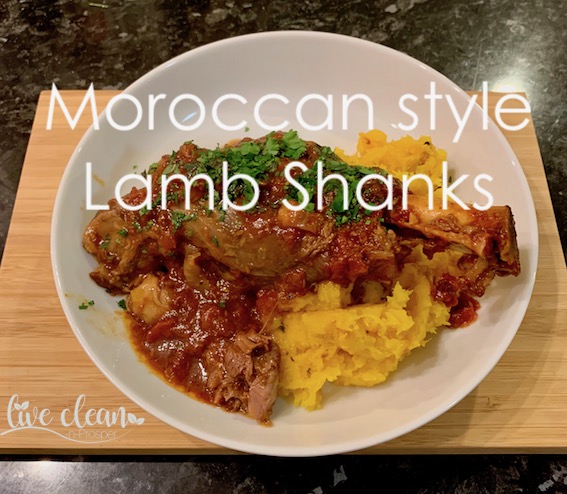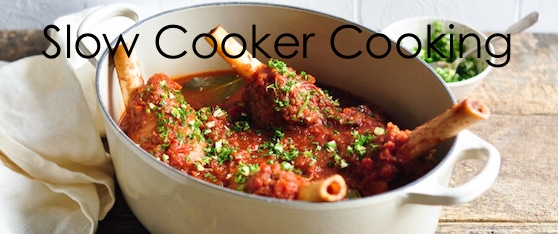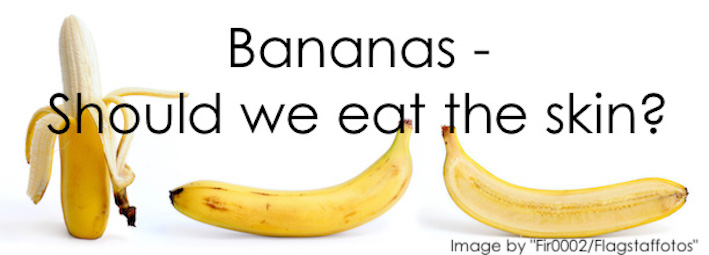Today I’m sharing a slow cooker recipe using lamb shanks.
After my last post on slow cooking, I have had a request for an easy, healthy recipe.
So I thought I would share this one for Moroccan style Lamb Shanks with Mashed Pumpkin.
I found this recipe in a Coles magazine and it is really tasty. I made very few changes to it.
Usually I adapt it to feed 2 and that is how I will share it today.
Moroccan Style Lamb Shanks with Mashed Pumpkin
Serves 2 – Cooking time is 8 hours
Ingredients
2 Lamb Shanks
1 400g tin diced tomatoes
½ red onion – sliced
2 garlic cloves – crushed
1 red chilli – sliced or whole (we left the chilli whole and removed it on serving)
2 bay leaves
1 tbs cumin seeds (or ground)
1 tbs coriander seeds (or ground)
juice & zest of 1 lemon
approx. 400g pumpkin – peeled and diced
1 tbs butter
Mint & parsley leaves – chopped to serve
Method
* If you have a large enough pan, you may choose to brown the shanks first, which we didn’t.
Brown the onion in a fry pan, and then add it to the slow cooker.
Place the cumin & coriander seeds in a mortar & pestle and break down into a powder.
Add to the slow cooker, along with the garlic, chilli, lemon, bay leaves and tomatoes.
Stir to combine, and then add the lamb shanks, ensuring to spoon some of the tomato mixture over them.
Cover and cook on low or auto (depending on your cooker) till the meat is starting to fall off the bone.
If the tomato sauce is too thin, leave the lid off your cooker and turn it up to high for approx. 30 minutes till it thickens.
Bake or steam the pumpkin till soft.
Mash well, mixing in butter and season with salt & pepper to taste.
Place the pumpkin mash into bowls and top with lamb mixture.
Sprinkle a mix of chopped parsley and mint to serve.
I hope you enjoy eating this tasty, healthy meal perfect for a cold evening.
Till the next post,
Live clean n Prosper



